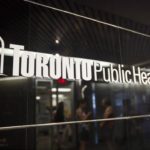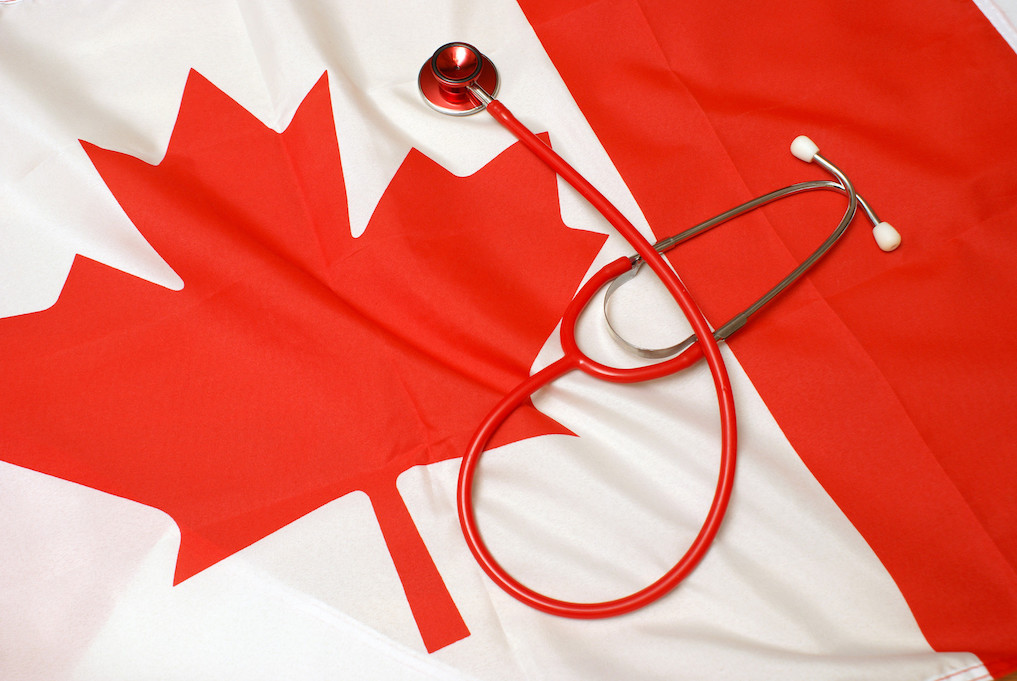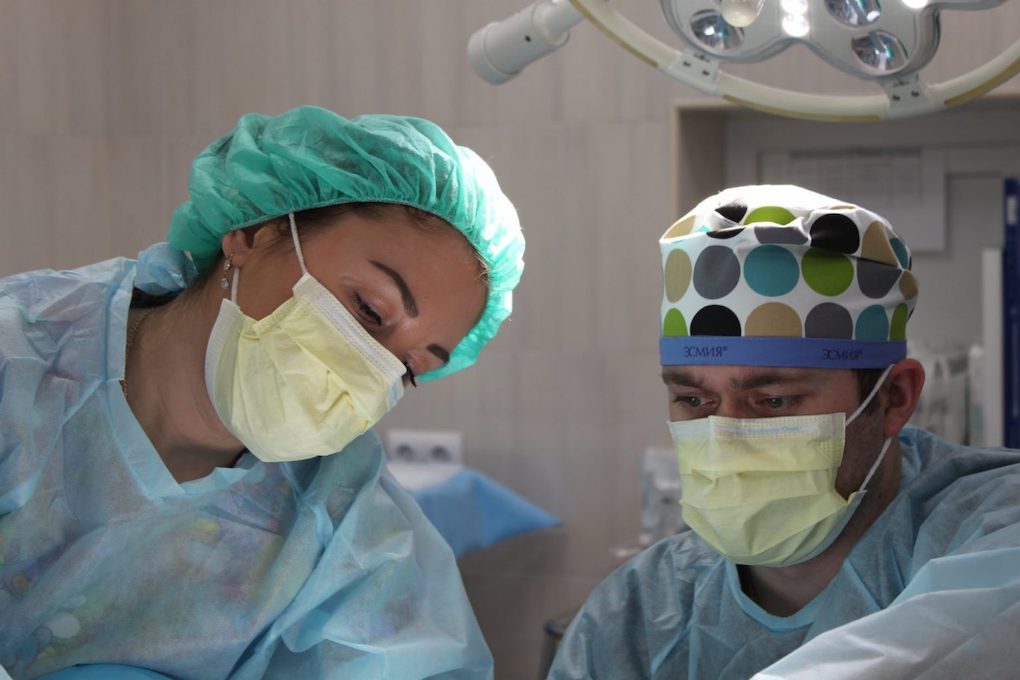
Written by Dr. David Price
My cousin died of ALS a couple of years ago and was buried in the family plot on Mount Royal in Montréal on a blustery rainy fall day, which even so, did not dampen the beauty of the autumn colours of the cemetery. While there, I had a chance to look at the other inscriptions and graves of our family plot that date back to the mid-1800s. One name stood out for me, and that was of my younger brother whom I never met. I was about 15 months old when he died, a week after his birth. He died of an infectious disease that we are able to screen and treat today. My mother contracted the measles while pregnant with one of my younger siblings a couple of years later; fortunately, that sibling was not affected.
Those experiences probably explain why one of my earliest memories of visiting a physician is going to the doctors’ office for a sugar cube treat on which the nurse had put a drop of quite bitter tasting liquid. The Sabin oral vaccine for polio was introduced in Canada in 1962, and my mother ensured that my sister and I were early recipients of this new vaccine in Vancouver.
When I worked as a pediatric resident at the Children’s Hospital of Eastern Ontario in the summer of 1989, the city experienced a small Haemophilus Influenza B (HIB) outbreak. I can vividly recall caring for a number of infants and toddlers with this terrible infection. Some of them survived, but on more than one night on call I had to tell young parents that their child had died in spite of our best resuscitation efforts. Those experiences had a profound impact on me as no doubt did the death of my little brother to my mother, although hardly of the same magnitude.
I think that is why, as a young, newly fledged family physician in Vancouver, I phoned every single one of my infant’s parents the week before we received the HIB vaccine to encourage them to attend at my office, pay for the vaccine (as it was not publicly covered initially) and give it to their child. Having delivered many of these children, I did not want them to suffer the same fate that my patients in Ottawa a few short years prior had experienced.
Thus, I have a lived experience of infectious disease in the pre-vaccination era for a specific disease and understand the consequences of non-vaccination all too well. And I guess that is why I find the recent measles outbreak here in Canada and worldwide so puzzling and upsetting. How is it that we have lost that shared, horrible lived experience and been unable to pass those experiences on to our current generation of parents? What is it that we as a medical profession must do to stamp out the misguided belief of the “anti-vaxxers” and educate those with vaccine hesitancy? Worldwide eradication of smallpox was enabled in part because of intimate knowledge of that terrible infection.
There have been some beneficial stories in the media recently both in print and on television. Invariably however, a photo of a child crying when they receive a needle is featured both in the newspaper and on television. There is a mixed message being given to parents: your child might get this terrible illness that you and your peers have no personal experience of, or you can inflict pain on your child immediately. Our journalist colleagues have a moral duty to stop presenting the story in this fashion, and we must implore them to never show a video or photograph of a child crying while receiving the vaccination. Rather, they have a duty to present the consequences of not vaccinating.
We in the medical profession also have a moral duty to highlight to our patients the irreversible consequences of these easily preventable infectious diseases. It is up to us as healthcare providers to understand what drives each individual patient in their decision-making process, and to do our utmost to convince each patient/parent of the necessity of vaccination. While I recognise that this is a paternalistic comment, we are indeed in the middle of a public health crisis as illustrated by the WHO declaring vaccine hesitancy as one of the top 10 threats to Global Health in 2019. Those of us that are old enough to remember the awful stories need to tell those stories. We need to encourage our politicians and our public health officials to enact mandatory vaccinations to protect every single one of us. Our laws require adults to wear helmets while riding a motorcycle. How on earth is it that we do not protect our most vulnerable from completely preventable infectious diseases?
One of the initiatives that we have undertaken in our own clinic is to use our electronic medical record (OSCAR) to track our vaccination statistics. We report on how well we are doing with childhood vaccinations, but I am not sure that we have a vigorous, proactive program in place to ensure that none of our patients (children and adults) are falling through the cracks. We must strive to get as close to a 100% vaccination rate as possible, not only in our children, but in adults as well. Perhaps we need to have a “Vaccination Officer/Vaccinator” in each clinic who actively screens every single patient prior to seeing a healthcare provider in the clinic. Perhaps “Vaccinator” needs to enter our lexicon as the preventable disease “Terminator”.
Okay, perhaps a “Vaccinator” is unrealistic. What is attainable now, is a personal health record (PHR) that is owned and coordinated by the patient. Furthermore, we already have enough “artificial intelligence” within our existing platform to alert patients when they or their loved ones, children for example, are overdue for a vaccination. Let’s make it a shared responsibility for us all to protect not only each of us as individuals but society as a whole. Working collaboratively with policymakers, citizens and healthcare providers, I believe achieving “herd immunity” for all of our preventable infectious diseases is achievable within five years. This should be a priority for all of us.
D. David Price is Professor and Chair of the Department of Family Medicine, McMaster University. Follow him on Twitter: @pricedDFM
Image Credit: ©ilona75 – Can Stock Photo Inc.






